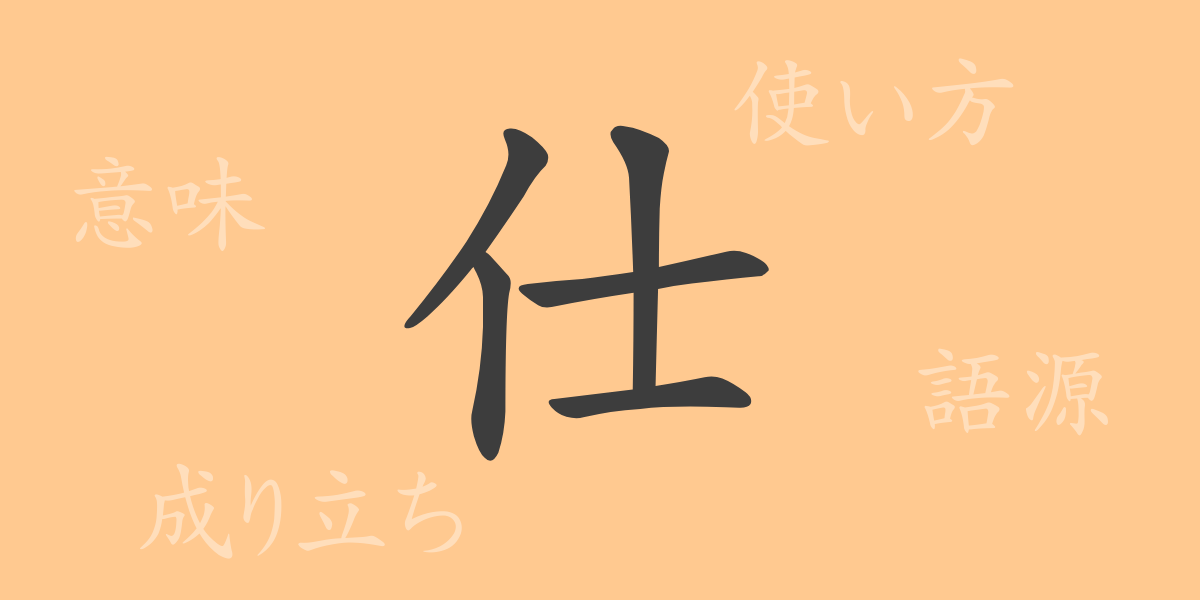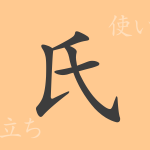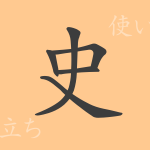The beauty of the Japanese language lies in its complexity and depth. Each kanji (かんじ) carries its own history and meaning, reflecting the richness of Japanese culture and language. “仕(し)” is one of the common kanji used frequently in daily life. In this article, we will delve into the origins, meanings, usage, and idiomatic expressions of “仕(し)” to explore its charm and significance.
Origins of 仕(し)
The kanji “仕(し)” originated from ancient China and has evolved over time. It was derived from the character “士(し),” which originally referred to a person serving an official in ancient China. In Japan, “仕(し)” has been used for a long time to refer to officials or people engaged in work. The character symbolizes a person standing, representing the act of serving society.
Meanings and Usage of 仕(し)
The kanji “仕(し)” primarily means “to serve” or “to work.” It is also used to denote roles or professions, as seen in the word “仕事(しごと)” (work/job). This kanji is commonly used in verbs and nouns to describe actions and states of people, making it an essential character for expressing human activities and conditions.
Readings, Stroke Count, and Radical of 仕(し)
The kanji “仕(し)” has various readings in Japanese.
- Readings: The on’yomi (音読み) is “シ(し),” and the kun’yomi (訓読み) is “つか(える).”
- Stroke count: “仕(し)” consists of 5 strokes.
- Radical: The radical is “人(ひと・にんべん),” which means “person.”
Idioms, Phrases, and Proverbs Using 仕(し) and Their Meanings
There are many idioms, phrases, and proverbs in Japanese that include “仕(し).” Here are some examples:
- 仕事(しごと): Refers to work, job, or task.
- 仕方(しかた): Means method or way. It is also used in the phrase “仕方がない(しかたがない)” to express an unavoidable situation.
- 仕組み(しくみ): Refers to the structure or system of something.
- 仕草(しぐさ): Describes a person’s gestures or actions.
- 仕切る(しきる): Means to manage or oversee something.
Conclusion on 仕(し)
The kanji “仕(し)” is a crucial character in Japanese, used in numerous contexts. Its meanings and usages from its origins to the present day, as well as the idioms and phrases that include it, show how deeply it is embedded in Japanese life and culture. Through this single character, we can glimpse the profound depth of the Japanese language.

























